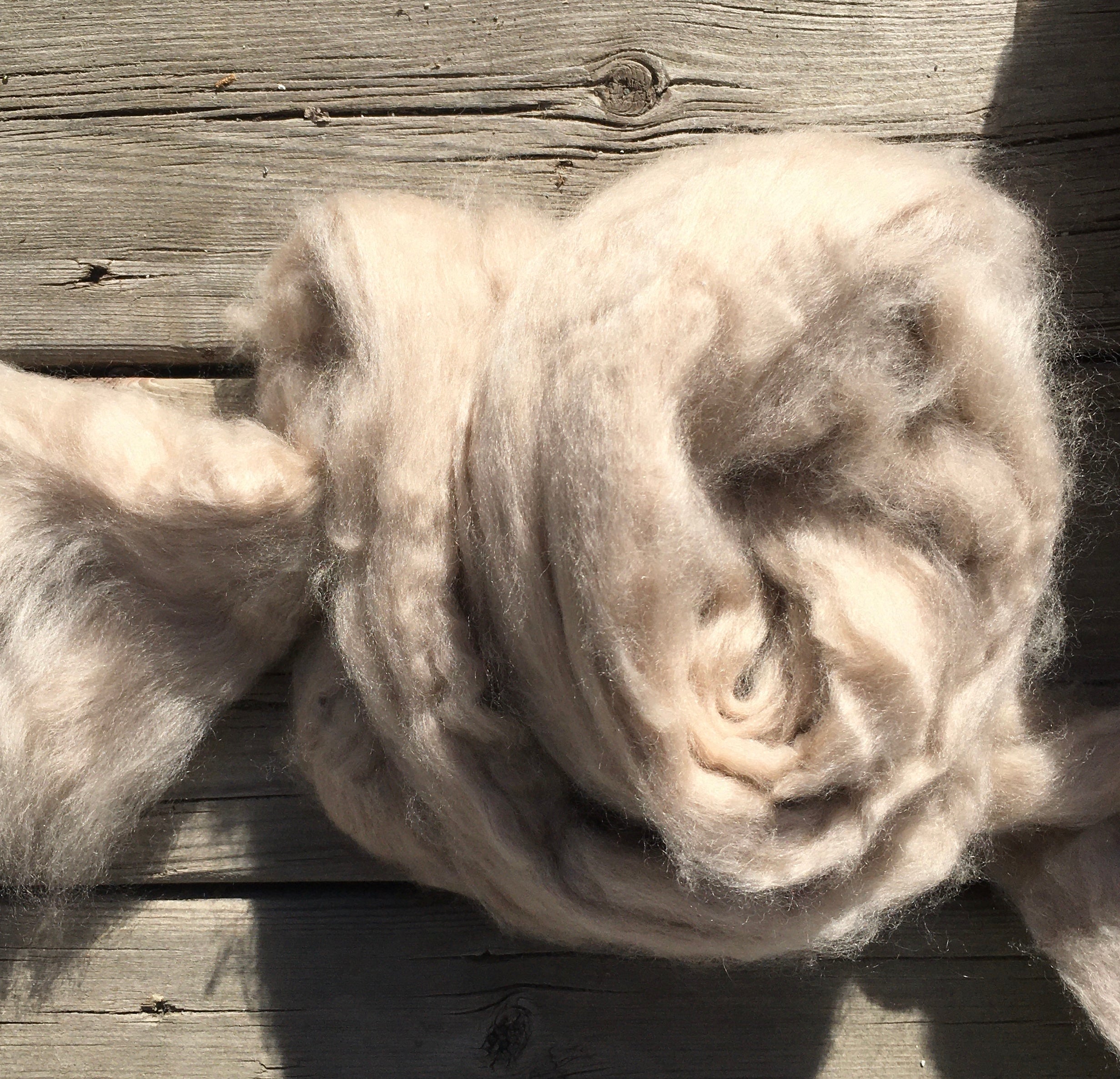Recognizing the Different Sorts Of Cashmere a Natural Fiber and Their Unique Advantages

The Beginnings of Cashmere: A Historic Review
While the luxurious touch of cashmere proceeds to appeal contemporary consumers, its origins trace back to the extreme, chilly environments of Mongolia and the Himalayas. For centuries, the native individuals of these regions have been increasing Capra Hircus goats, the prime source of cashmere woollen. These goats, resilient versus the severe winters, grew a fine undercoat to survive, which later on ended up being understood as cashmere. The name itself admires Kashmir, a region in India where the woollen was at first processed. Much of the early cashmere trade course was promoted by the Silk Roadway, attaching Asia with the Middle East and Europe. In spite of its global spread, the finest cashmere is still believed to originate from the initial regions of Mongolia and the Himalayas.

The Manufacturing Process: From Goat to Garment
Shearing a Capra Hircus goat notes the inception of the detailed cashmere manufacturing procedure. This fragile procedure usually occurs as soon as a year throughout spring. The fine, soft undercoat is after that separated from the coarser outer hair, a process recognized as dehairing. The resultant raw cashmere is then cleaned to get rid of impurities such as veggie, dirt, and oil issue.
The tidy fiber is subjected to coloring, spinning, and weaving, or knitting, to transform it into a textile. Facility treatments such as quality control checks and ending up processes follow, making sure completion item keeps the lavish requirement expected of cashmere. This painstaking procedure, from goat to garment, warrants the high price affixed to cashmere products, making them a sign of luxury and improvement.
The Numerous Kinds of Cashmere: An Extensive Evaluation

The Distinct Advantages of Cashmere: Convenience and Sustainability
Relocating from the variety of cashmere kinds to the benefits they use, comfort and sustainability stand out plainly. Cashmere, a natural fiber, is renowned for its exceptional softness, providing a degree of comfort that synthetic fibers can not match.
When it involves sustainability, cashmere is eco-friendly and eco-friendly, as it's harvested from cashmere goats that regrow their coats annually. what is cashmere. Unlike synthetic fibers which can take hundreds of years to decompose, cashmere's effect on the setting is very little. This mix of comfort and sustainability makes cashmere an advantageous selection for conscious consumers

Caring for Your Cashmere: Upkeep and Conservation Tips
While cashmere is most certainly a elegant and lasting option, it needs certain care to maintain its quality and prolong its life expectancy. To start, cashmere must be hand cleaned using cool water and a mild detergent. Prevent wringing the garment or turning as it can damage the fibers. Rather, delicately capture out excess water and lay it level on a towel to completely dry. Cashmere items should be saved in a dry and cool area, away from straight sunlight and moisture. Making use of moth repellents can shield these garments from possible damages. It's a good idea to avoid hanging cashmere to avoid stretching. Instead, fold and store them appropriately to preserve their shape and high quality gradually.
Purchasing Cashmere: Understanding Its Value and Well Worth
Although cashmere might originally seem like an expensive financial investment, its long-lasting worth and worth come to be page obvious when you consider its amazing high qualities. Understood for its unparalleled softness and heat, cashmere is a premium all-natural fiber that exceeds other materials. Spending in cashmere, consequently, is not just concerning current style patterns, yet regarding welcoming a lasting, lasting, and lavish way of living.
Verdict
In recap, the kind of cashmere one chooses, be it Mongolian, Chinese, or Italian, is this link determined by private choices for heat, sustainability, deluxe, and budget. The worth of cashmere expands past its rate, with comfort and long life contributing to its well worth. Appropriate treatment and maintenance can ensure its preservation. Recognizing the origins, manufacturing procedure, and unique benefits of different types of cashmere can assist consumers in their investment in this glamorous natural fiber.
Whether it's the remarkable heat of Mongolian cashmere, the cost of Chinese cashmere, or the eco-conscious production of Italian cashmere, there's a tale to be uncovered behind each fiber kind. Cashmere, a natural fiber, is renowned for its unrivaled gentleness, providing a degree of comfort that synthetic fibers can not match.When it comes to sustainability, cashmere is eco-friendly and naturally degradable, as it's harvested from cashmere goats who regrow their coats each year. cashmere fibre Recognized for its exceptional gentleness and heat, cashmere is a costs all-natural fiber that outshines various other products. Recognizing the beginnings, production process, and special benefits of various kinds of cashmere can direct customers in their financial investment in this glamorous natural fiber.